UNESCO WORLD HERITAGE SITE IN MEHEDINTI COUNTY
DOMOGLED - VALEA CERNEI NATIONAL PARK
Natural site from the Ancient and Primeval Beech Forests of the Carpathians and Other Regions of Europe
UNESCO has inscribed on to the list of World Heritage Sites a total of eight sites in Romania, among which there is Domogled-Valea Cernei National Park, a Natural site from the Ancient and Primeval Beech Forests of the Carpathians and Other Regions of Europe (a transnational composite nature UNESCO World Heritage Site, encompassing forests in 12 countries of Europe).
Domogled-Valea Cernei National Park with an area of 61.211 ha, is the largest national park from Romania and is situated on the territory of our county Mehedinti and other two counties: Caraş-Severin and Gorj.
It has unique caves, valleys, waterfalls, limestone peaks, thermal springs, mountain accumulation lakes, secular beech forests, subalpine meadows and more than 100 species of plants and animals, including many rarely or endemic species (69 species of flora, 27 species of invertebrates, 7 species of fish, 33 mammalian species, 20 species of bats, 2 species of amphibians and reptiles, 23 species of birds).
The part of the overlapped park over Mehedinţi County includes the wild Tesna Valley and Ţesna Canyon- a geological, floristic, faunistic and landscaping reservation - dedicated to extreme sports fans. Another highlight is Stan's Peak - a perfect reservation for passionate botanists. Old beech forests with specimens over 200 years old can be found on the Craiova Valley, but also on the Olan Valley, Iovan Valley etc.
Secular Beech Forests Vanturatoarea Waterfall
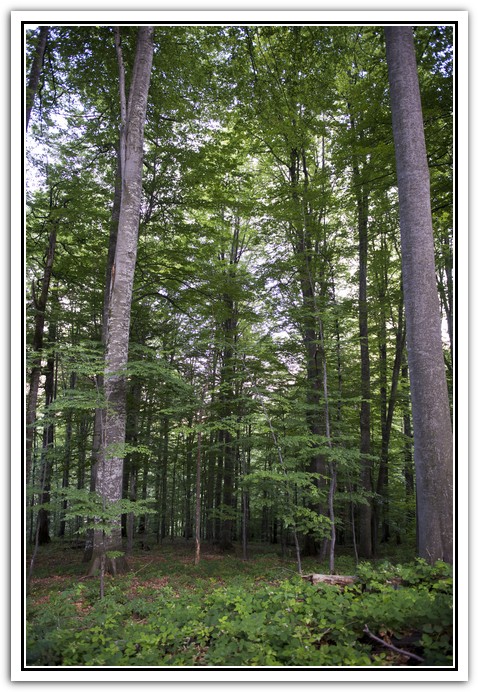
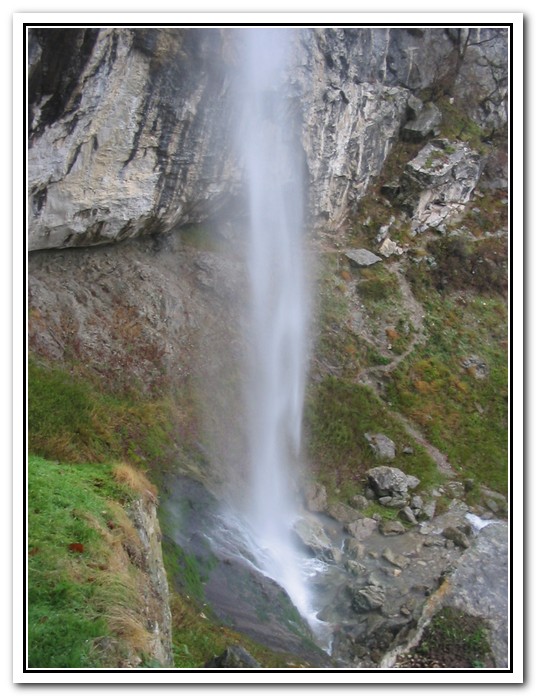
The Devils' Mill Corcoaiei Canyon
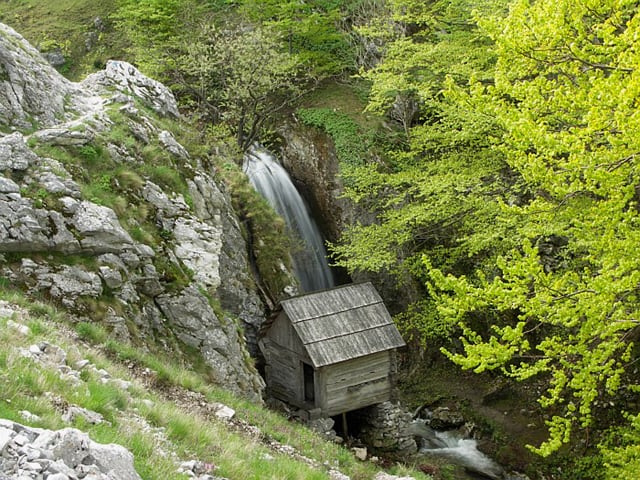
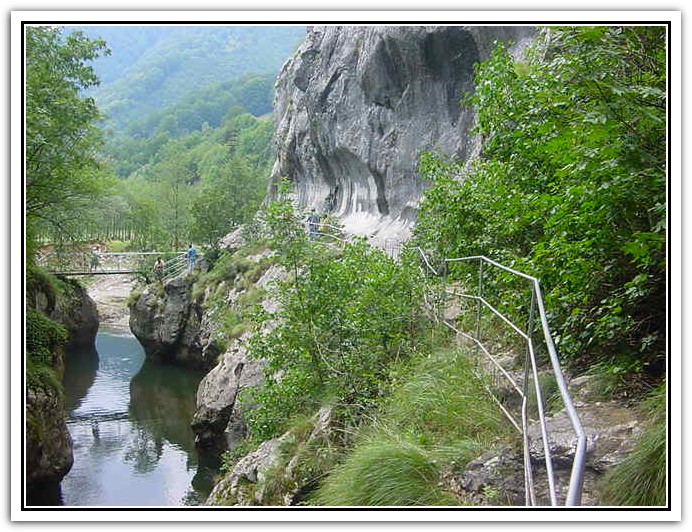
Crovul Mare The Black Pine of Banat
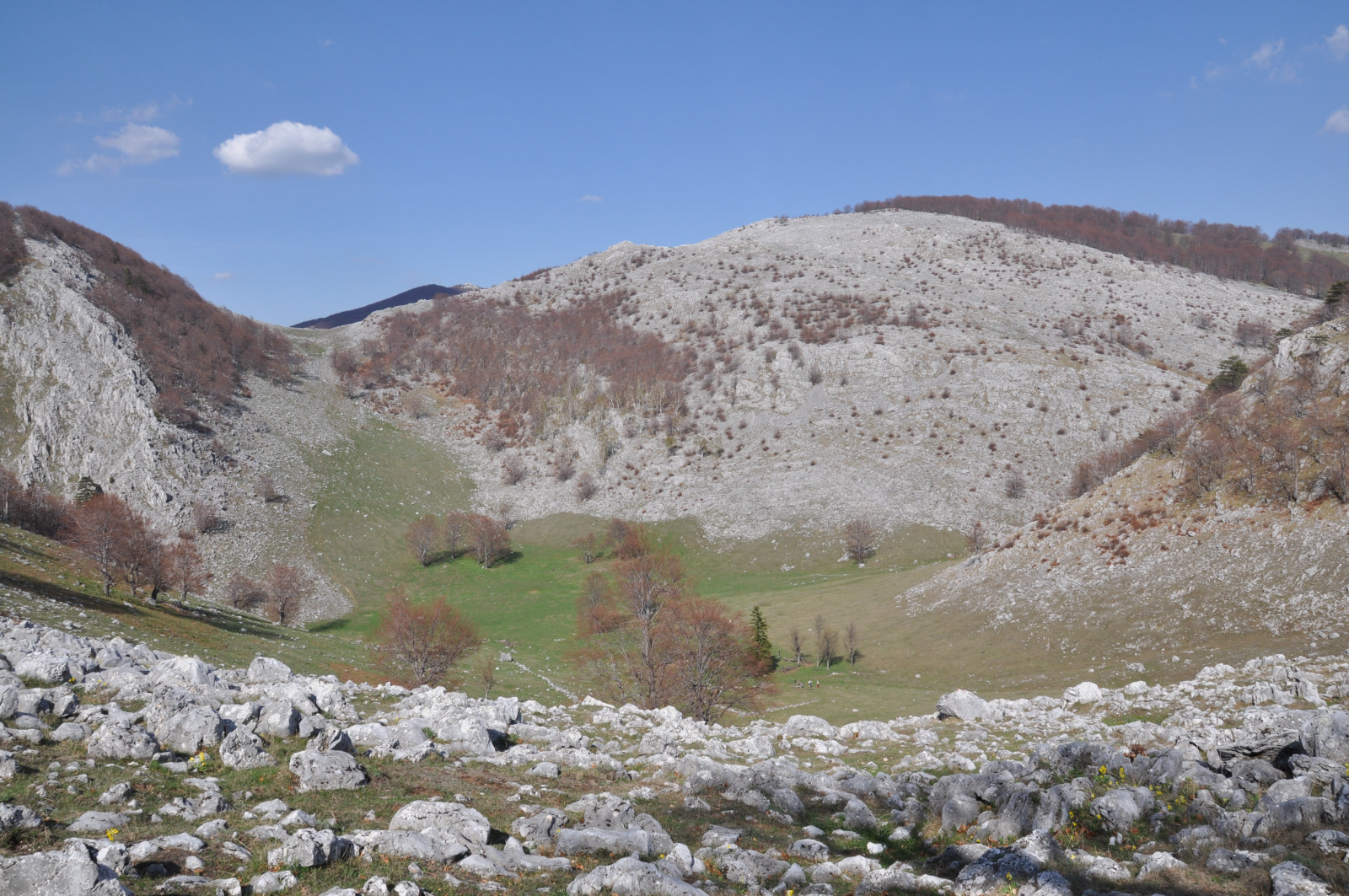
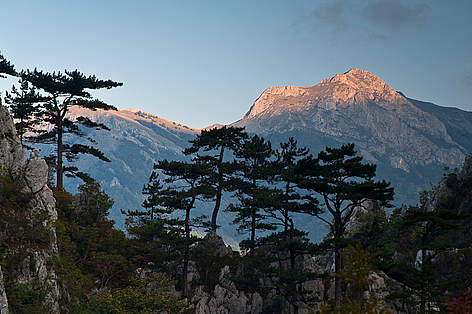
Identified problems in the park, most of them consequences of human activities:
- deforestation, unsustainable logging
- habitat destruction
- fires
- invasive species
- uncontrolled tourism
http://OUT OF CONTROL #ep1 Domogled-Valea Cernei National Park
In our future projects we will study:
1. Biodiversity in the face of habitat destruction and global warming
2. Sustainable tourism in the Natural Park